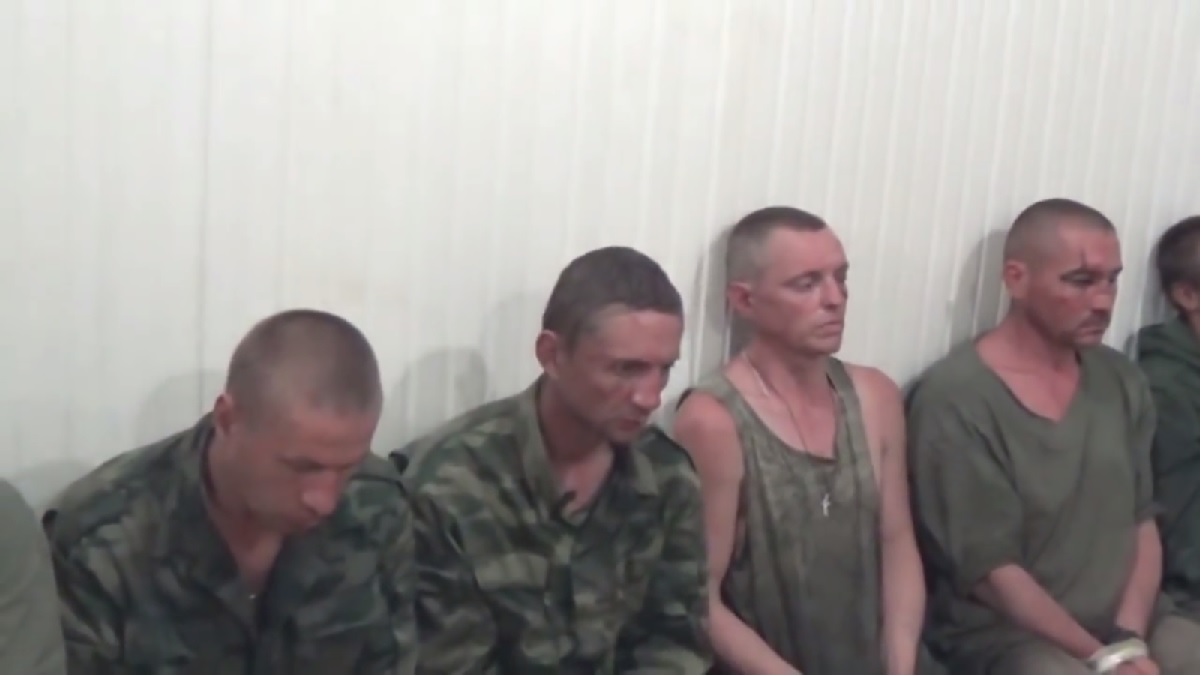The indirect costs of Vladimir Putin’s invasion of Ukraine and annexation of Crimea as well as his military muscle-flexing elsewhere which include the isolation of Russia internationally and greater repression and human suffering domestically are perhaps incalculable.
But the direct costs for the military can be measured, and they are growing, quite possibly beyond the level of sustainability, just one reason behind the Kremlin leader’s declaration during his Open Line program today that he plans to cut defense spending over the next few years.
Such cuts appear likely to hit personnel and especially military retirees in the first instance, places where a great deal of money can be saved – in Russia today, personnel increasingly are expensive relative to equipment – but there are limits to that given that such cuts undermine the loyalty of those in uniform.

(Image: segodnya.ua)
argues that Russia is following in the path of the USSR in its military spending, a course that he suggests contributed to the demise of the Soviet Union and is placing ever more unbearable burdens on the latter.
Supporting the unrecognized republics its wars have created is costing Moscow enormous sums, something over 200 million US dollars annually for South Ossetia alone. Over its entire existence, that republic has cost Moscow about a billion US dollars and Transdniestria about six billion US dollars.
At present, Ukrainian governments estimate that Moscow is spending “approximately six billion US dollars annually on its war in the Donbas, about equally divided between supporting the unrecognized republics there and funding its military operations. But Russia can’t stop because if it does, those and the other unrecognized republics will soon cease to exist.
is also adding to the burdens the Russian state budget must bear, Pashkov continues. Moscow is currently spending approximately 1.4 billion US dollars every year on that occupied Ukrainian peninsula, an amount that accounts for 73 percent of all government budgets there.
As far as Russian military operations in Syria are concerned, Moscow has spent close to a billion US dollars, according to some estimates. Just how much, however, is unknown because the Russian government has declared these figures “a military secret.” And the costs are mounting because this military action is continuing.
If one sums up all the costs to the Russian budget of the wars in Syria and Ukraine and the support of occupied Crimea and the unrecognized republics, they total approximately three to four percent of the Russian state budget this year. And that figure is only “the tip of the iceberg” of Russian spending on promoting itself abroad, Pashkov says.
It doesn’t include the money Moscow spends on propaganda, cyber war, secret operations, and support of agents of influence throughout the world. The Ukrainian analyst says that Kyiv estimates Moscow now spends two million US dollars a year on the Ukrainian branch of the Institute of CIS Countries
alone.
Sanctions add to the burden, having cost Russia some 30 billion US dollars in lost GDP growth, a figure to which one must add nine billion US dollars lost because of the Kremlin’s counter-sanctions program, the analyst continues.
All of this is leading to the militarization of Russia: Moscow has the third largest military budget in the world, but Russia’s GDP is not even in the top ten of the economies of the world. Russia now maintains more than four million siloviki (1.9 million in the army, one million in the police, and another million in other forces).
“In other words,” Pashkov says, “the number of militarized structures in the foreign policy of Russia is comparable with the number of people in uniform in the former USSR, even though the population in the Russian Federation is only half as large.” The Soviet leadership couldn’t carry this burden: ultimately neither will the Russian, he concludes.
Related:
- Moscow planning to send 60,000 Muslim troops to Syria, Saudi newspaper says
- ‘Spetsnaz of the USSR’ – the new Russian irregulars in Syria now fighting for Assad
- Transnistria. Why Russia should leave the occupied territories
- Transnistria frozen conflict zone recognizes Russian tricolor as second “national” flag
- Occupied Donbas risks becoming like South Ossetia
- Putin’s most likely next anschluss – a united Ossetia within the Russian Federation
- Russian provocations test Georgia
- Donbas “separatists” got 33 types of military systems from Russia – report
- The 75 Russian military units at war in Ukraine





